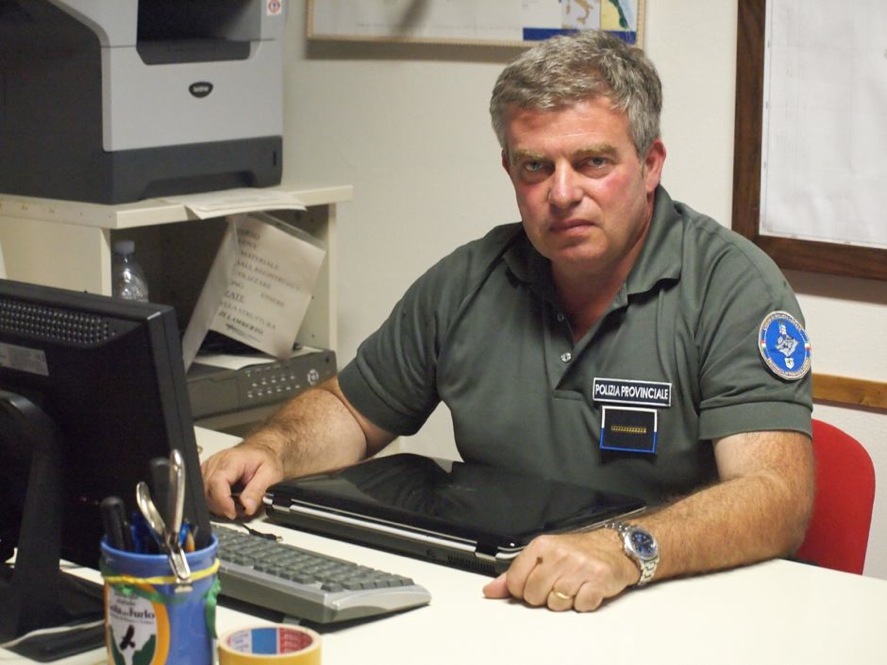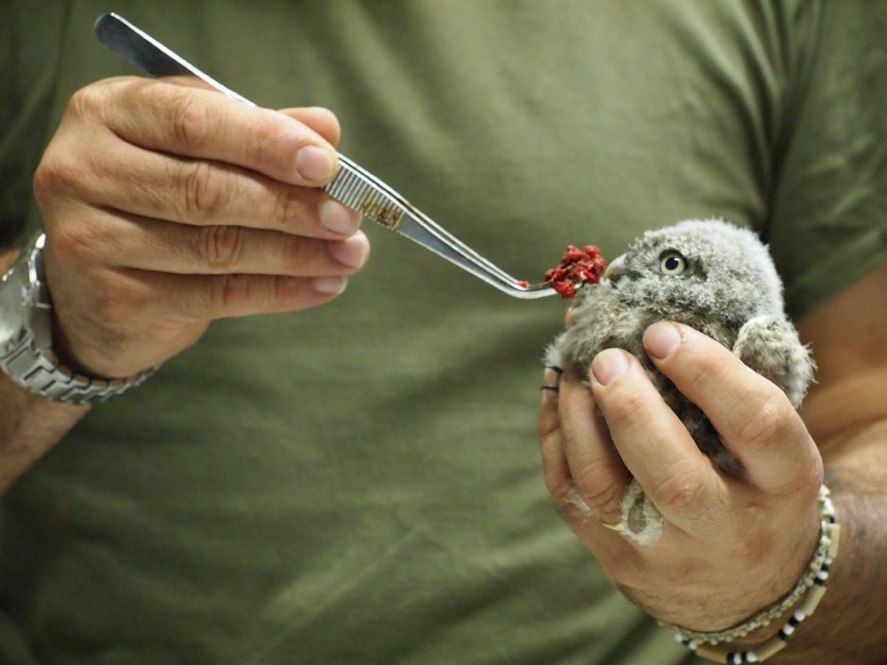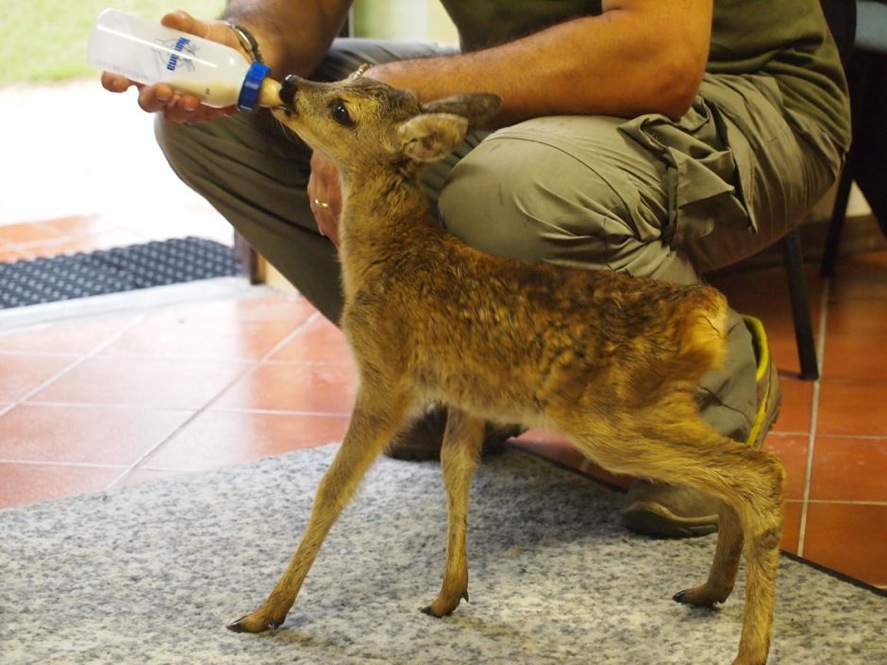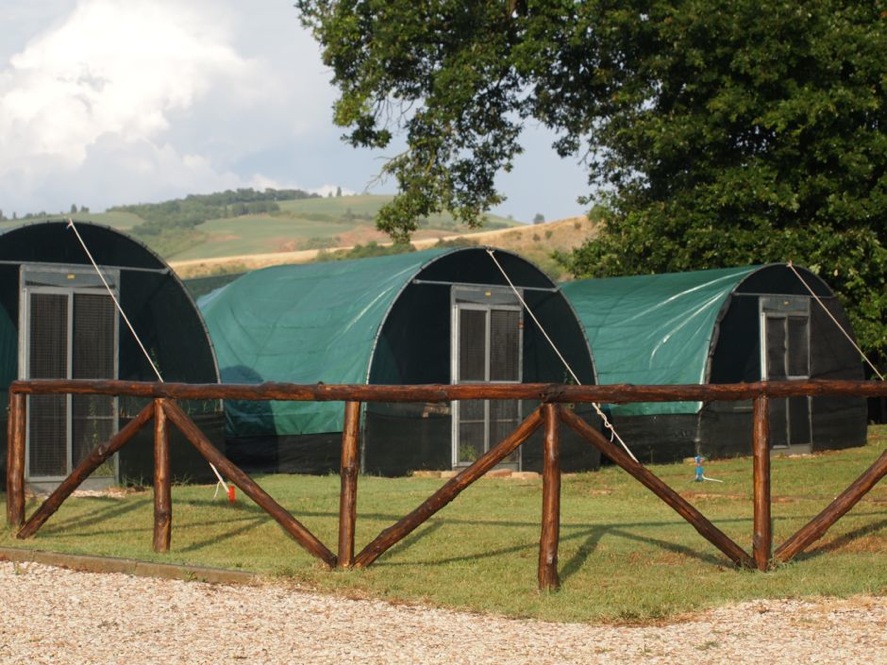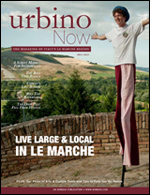A group of University of Urbino students effectively took over a classroom that they now use as their base of operation for political action. Instead of using social media, they prefer to communicate in the old Italian way – face-to-face over coffee or a slow meal.
URBINO, Italy – Eight university students cram into an apartment here to prepare a pasta dinner. Nearly four hours pass as they engage in boisterous conversation over drinks and smokes. Their demeanor is playful, as are some of the issues being discussed. They debate whose region of Italy has the best food, wine and dialect. Other subjects are political, and more serious. They are interested in what their American visitors think about President Obama, the occupation in Gaza and the war in Libya.
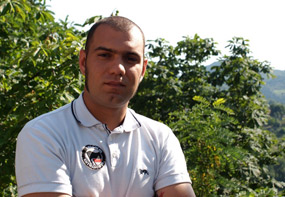 Throughout the evening, everyone is engaged in conversation. Not once was anyone called away to tweet, update a status, or refresh a smart phone. This may seem odd in the twenty-first century, but it reflects the Italian lifestyle. Social media just can’t do justice to a good Italian conversation.
Throughout the evening, everyone is engaged in conversation. Not once was anyone called away to tweet, update a status, or refresh a smart phone. This may seem odd in the twenty-first century, but it reflects the Italian lifestyle. Social media just can’t do justice to a good Italian conversation.
These students, along with some 50 others, constitute an activist group known as the “Assemblea Permanente.” The group also calls itself C1, after the university classroom the students defiantly occupied and gained possession of five years ago. Due to their efforts, student activism is still very much alive in Urbino, as it has been since the tumultuous 1960s.
I prefer to discuss for an hour with a single person and try to influence our points of view, than reach 5,000 people just by clicking a button.
But in one important way, their movement differs from the new style of student activism that is emerging around the world. The advent of technology and social media has revolutionized the way youth movements organize and disseminate information. Facebook, Twitter, and YouTube are believed to have played a significant role in the protests throughout North Africa and the Middle East (NY Times: Social Media in Saudi Arabia). However, this is not the Urbino style of interaction, nor does it find much favor with the members of C1.
Mattia Trusso, a senior member of the student movement in Urbino, says the group avoids electronic communication at all costs. “I prefer to discuss for an hour with a single person and try to influence our points of view, than reach 5,000 people just by clicking a button,” he explains. “This kind of exchange of information is cold; you’ve got only a screen. When you talk about something – especially Italians – you don’t just talk with the voice but with the whole body.”
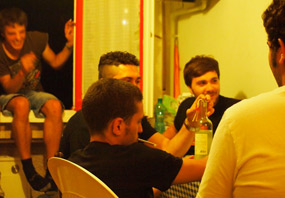 Trusso believes face-to-face conversations are vital to any social movement. “I mean if you have the same idea as me, and we want to reach a target, we have to stay close,” he says. “You’ve got a bedrock of ideas that can give you the possibility of building or setting up something of importance, as we are trying to do here.”
Trusso believes face-to-face conversations are vital to any social movement. “I mean if you have the same idea as me, and we want to reach a target, we have to stay close,” he says. “You’ve got a bedrock of ideas that can give you the possibility of building or setting up something of importance, as we are trying to do here.”
The student movement here occasionally holds formal assemblies in the C1 space. However, more often than not the decisions are reached over a cup of coffee, a meal, or a late night drink in the square. Some members say it’s difficult to separate their political and personal lives. Many of them are from other parts of the country, and live together while attending the University of Urbino. This creates a strong sense of family within the group. “If someone is not here for a long period you know that you have the influence of that person in your own decisions,” Trusso says.
This constant closeness can lead to conflicts within the group, but the students say their disagreements ultimately improve C1’s dynamic strength. “If you have an argument with people and the day after you are together with each point of view different from before because you have discussed about it – I mean I think it’s a great thing,” he says.
The local reliance on face-to-face conversations may be unique to small cities like Urbino. In fact, young people in other areas of Italy rely heavily on social media sites. In a country where traditional media outlets are largely controlled by Prime Minister Silvio Berlusconi, online forums allow people to share alternative information and opinions about the latest news.
Mary Wieder, an international-communications entrepreneur writing on the blog SocialMediaToday, argues that social media sites played a vital role in a national referendum a few weeks ago. An overwhelming majority of voters approved measures that countered the prime minister’s conservative position on privatization of water, nuclear power and an issue of law.
“These recent election results show how social media is one communication still controlled by the public sphere,” she wrote. “Regardless of how many media channels Berlusconi may own, the Italian people have been expressing their disgust and disappointment in Italy’s current state of affairs via social media.”
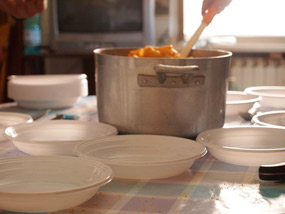 In contrast, Trusso credits the physical layout of Urbino, and the central piazza in particular, as the source of a rich public discourse. “I’m sure in another place this would be very difficult to set up,” he says. “That’s one of the powers of this place, that it can give you the opportunity to be strictly connected with other people.”
In contrast, Trusso credits the physical layout of Urbino, and the central piazza in particular, as the source of a rich public discourse. “I’m sure in another place this would be very difficult to set up,” he says. “That’s one of the powers of this place, that it can give you the opportunity to be strictly connected with other people.”
Regardless of the issue at hand, Trusso says to create change any movement must work along two paths. First, you work with the rules and representatives of democracy. Secondly, with the streets. “Everything is born and grows in the streets,” he says. “If you don’t know the street you lose the contact with reality and the world.”
Students have been at the helm of social and political activism here since the 1960s, mostly around educational issues. In 1968, the Minister of Education called for a reform of the university system. His proposal resulted in increased fees and restricted enrollment.
In response, young people organized occupations throughout the major cities. On March 1, some 4,000 students clashed with police officers at the Piazza di Spagna in Rome. Hundreds were injured on both sides, and the students were ultimately forced to retreat. This would become known as the Battle of Valle Giulia (Worker and Student Protests in Italy).
In recent years, the movement in Urbino has grown significantly. Even as it expands, the group maintains its reverence for personal interaction. “If you don’t work with the society and talk with the people every day, you can be ruled in an easy way like every King has done in the past,” Trusso concludes. “You don’t have to be ruled, you have to rule.”
Slideshow
Click on Image to Show in Lightbox.
